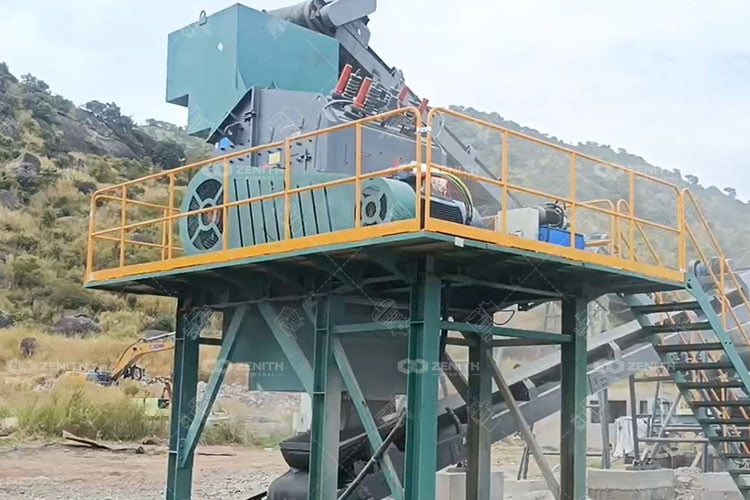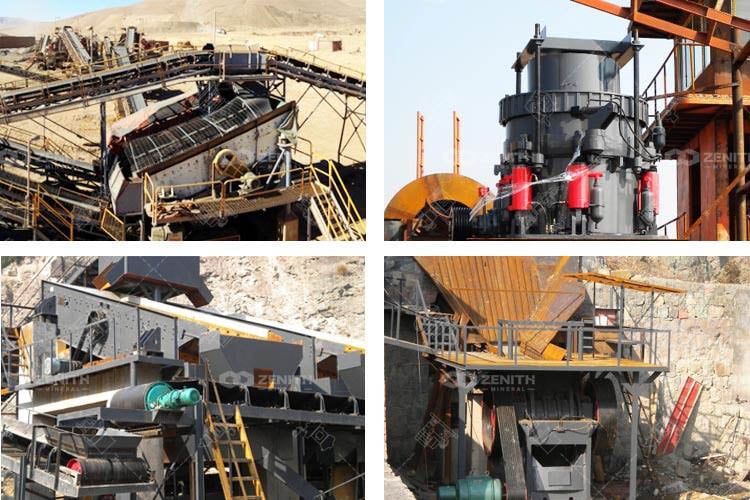Ethiopia, known for its rich geological diversity, is home to abundant basalt deposits. Basalt, a volcanic rock, is extensively used in construction, road building, and as aggregate in concrete production. The choice of crushing equipment is critical in the processing of basalt to achieve the desired size, shape, and quality of the final product.
In Ethiopia, the choice of crushing equipment for basalt processing is significantly influenced by the weathered nature of the material. While cone crushers are traditionally used for hard basalt in many regions, impact crushers have emerged as the preferred option in Ethiopia due to their specific advantages in handling weathered basalt. This article explores the reasons why impact crushers are often preferred over cone crushers for basalt crushing in Ethiopia.

The shape and size of the crushed product are critical factors in the construction industry. Impact crushers are known for producing a more cubical and well-graded product, which is essential for various applications, including asphalt and concrete production. The angular shape of the aggregates produced by cone crushers may not be as desirable for certain applications. In Ethiopia, where the construction industry is rapidly evolving, the need for high-quality aggregates is paramount, making impact crushers a better choice.
Impact crushers are versatile machines that can handle a wide range of materials, including soft, medium, and hard rocks. This adaptability makes them suitable for various applications beyond basalt crushing. In Ethiopia, where the geology may vary, having a crusher that can efficiently process different materials is beneficial. Impact crushers can easily adjust to different feed sizes and material types, enhancing their utility in diverse crushing scenarios.
For most basalt crushing applications in Ethiopia—especially where cost-efficiency, ease of maintenance, and good particle shape are priorities—an impact crusher is often the better choice. However, if the project demands ultra-fine crushing or extreme abrasion resistance, a cone crusher could be considered for secondary or tertiary stages.

Impact Crushers may be used as primary, secondary, or tertiary crushers depending on the Producer’s final-product-size needs.

In general, impact crushers both vertical shaft (VSI) and horizontal shaft (HSI), the main difference from the cone crusher is the type of crushing force. The i

Iron is the fourth most-abundant element, composing approximately 5 per cent by mass of the earth's crust. In the modern industry, iron is the most importan
Fill your requirements here, and we'll send the custmized solution and quotation to you by the reserved contact information.